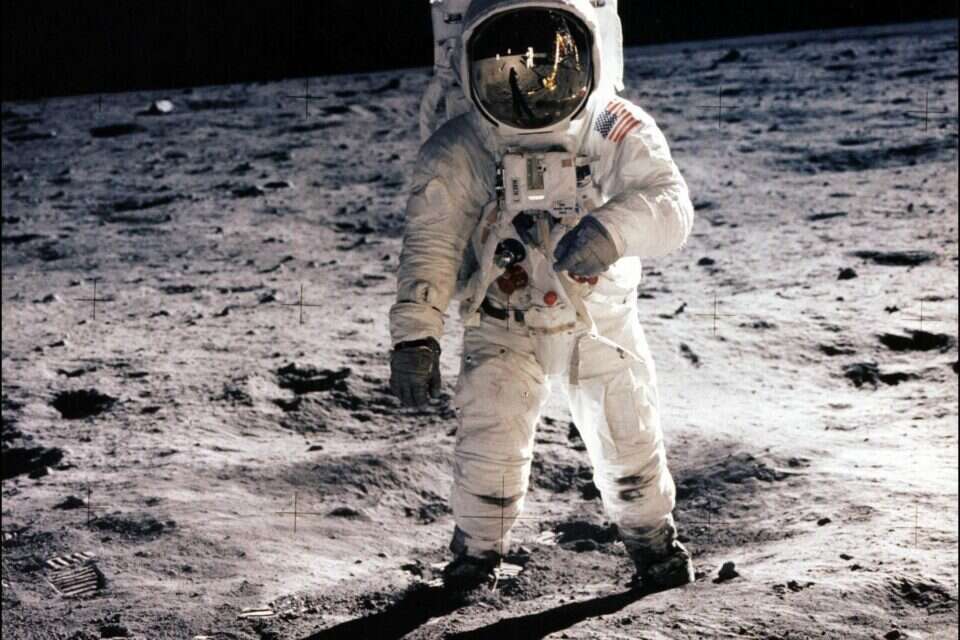Over the weekend, NASA announced the winners of a tender to land astronauts on the moon under the Artemis program, which aims to return humanity to the moon after a 40-year hiatus and this time establish a permanent base on the way to colonization outside our planet. At the same time, science websites noted the fact that on Christmas Eve (exactly three weeks away) we will mark the 55th anniversary of the first image of the Earth taken from space, when Frank Borman, William Anders and Jim Lowell, the first people to orbit the moon, photographed the "Earth Sunrise", as the famous picture is called.
This made us think about the different nature of life on other celestial bodies—in part the fact that if it is difficult for us today to organize our agenda on Earth, then each of these celestial bodies has a completely different day. So we turned to Perplexity and ChatGPT to find out which daylengths on the celestial bodies are most likely (at least relatively) for human habitation.
Mercury: Beyond the fact that the surface temperature of the star closest to the Sun is not very practical for human life, its schedule is also not very sane: the star completes a rotation around itself (what would be considered a day) every 1408 hours, which is 58 days and 15 hours on Earth. In contrast, its rotation around the sun – that is, a year – lasts only 88 Earth days. But the most astonishing detail is that because of the difference in velocity between its rotation on its axis and its rotation around the Sun, it shines on it only once every 180 Earth days – that is, once every two local years or three local days.
Venus: The planet considered feminine presents an even crazier schedule – a day on Venus lasts about 117 Earth days, while a year it lasts 225 Earth days. However, in fact, Venus completes an orbit around the Sun faster than it completes a rotation around itself (243 Earth days) – but it rotates around the Sun in the opposite direction to the direction of rotation around itself. It so happens that the sun rises on Venus twice a year locally, even though it completes a rotation only once a year and a little. In any case, none of us will live to see a day or a year on Venus—its atmosphere is so hot that even extremely powerful probes can't survive near it.
The Moon: On our natural satellite, each day lasts about 29.5 Earth days – that is, exactly one month on Earth. Recall that this is why only one side of the Moon is always visible from the Earth – its rotational speed around us and around itself is exactly the same, and we see every night the Sun advancing slightly on its surface, until the "White Nativity" – the night when it finishes illuminating its "dark side", which faces far away from us, and in our sky only its right edge is visible instead of its left edge seen the night before. In Judaism, this is the night when a new month begins. A year, of course, lasts 365 days on the Moon, since its orbit around the Sun depends on our own.
Mars: The planet next to us is also the one that whoever moves to it will have to get used to the least different schedule. A day on Mars lasts 24 hours and 37 minutes on Earth. On the other hand, because it is farther from the Sun and slower than Earth, a year lasts 687 Earth days on it – close to twice as long as ours.
Europa, Anecdalus and Titan: Jupiter and Saturn, the two planets after the asteroid belt, are made of gases, so they will never be inhabited – but some of Jupiter's 95 moons and 146 Saturn's moons are considered relatively promising in this respect: Europa, Jupiter's moon with a day of about 3.5 Earth days; Encdalus, Saturn's moon with a day of about 1.4 Earth days; and Titan, another Saturn moon with a day of 15.9 Earth days.
Ceres: Another body in the Solar System that is not a star, but is thought to be a future human colony is the largest asteroid in the belt between Mars and Jupiter. The length of the day is approximately 9 hours and 4 minutes.
The two outer stars, Uranus and Neptune, are ice giants, so they are less relevant to human settlement considerations. For those who expect to find Pluto here, we should recall that it is not defined as a planet at all, but as a dwarf – one of tens of thousands of bodies that make up the Kuiper Belt.
Wrong? We'll fix it! If you find a mistake in the article, please share with us

